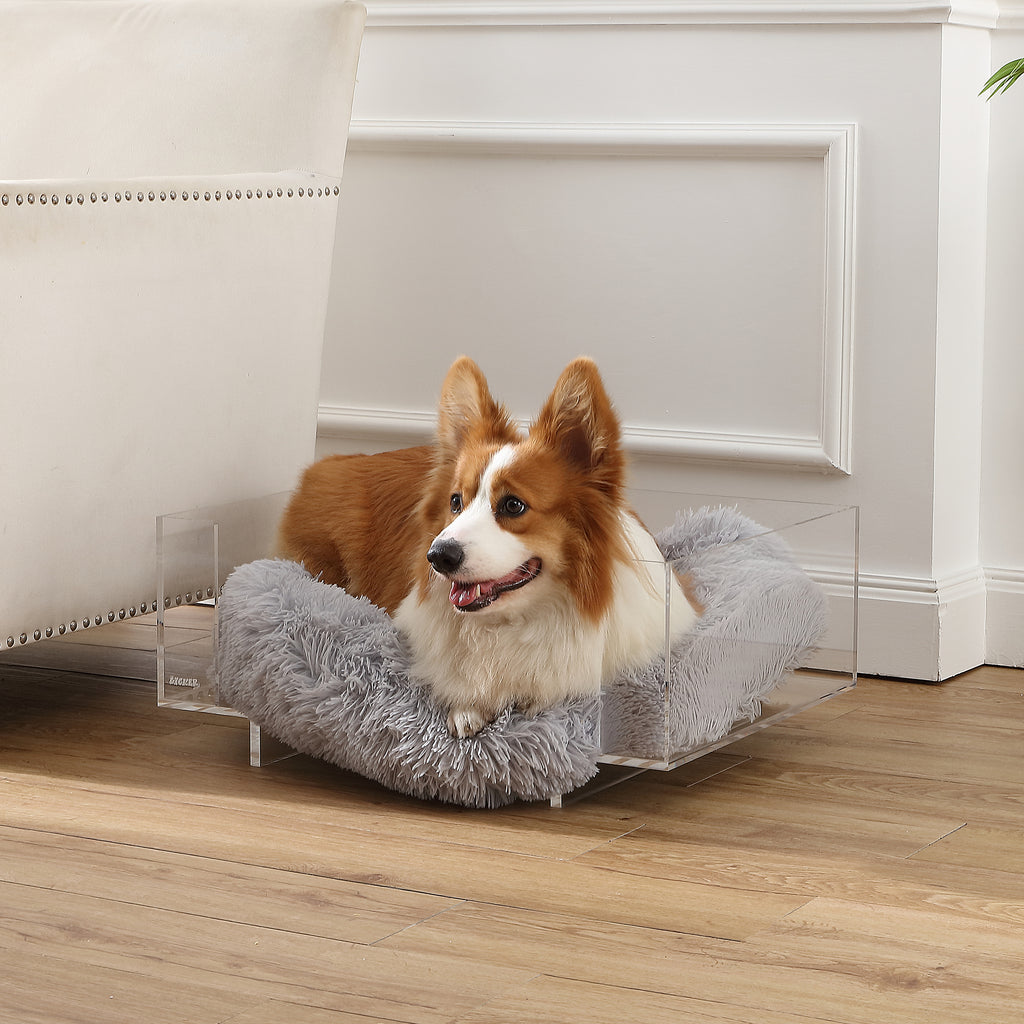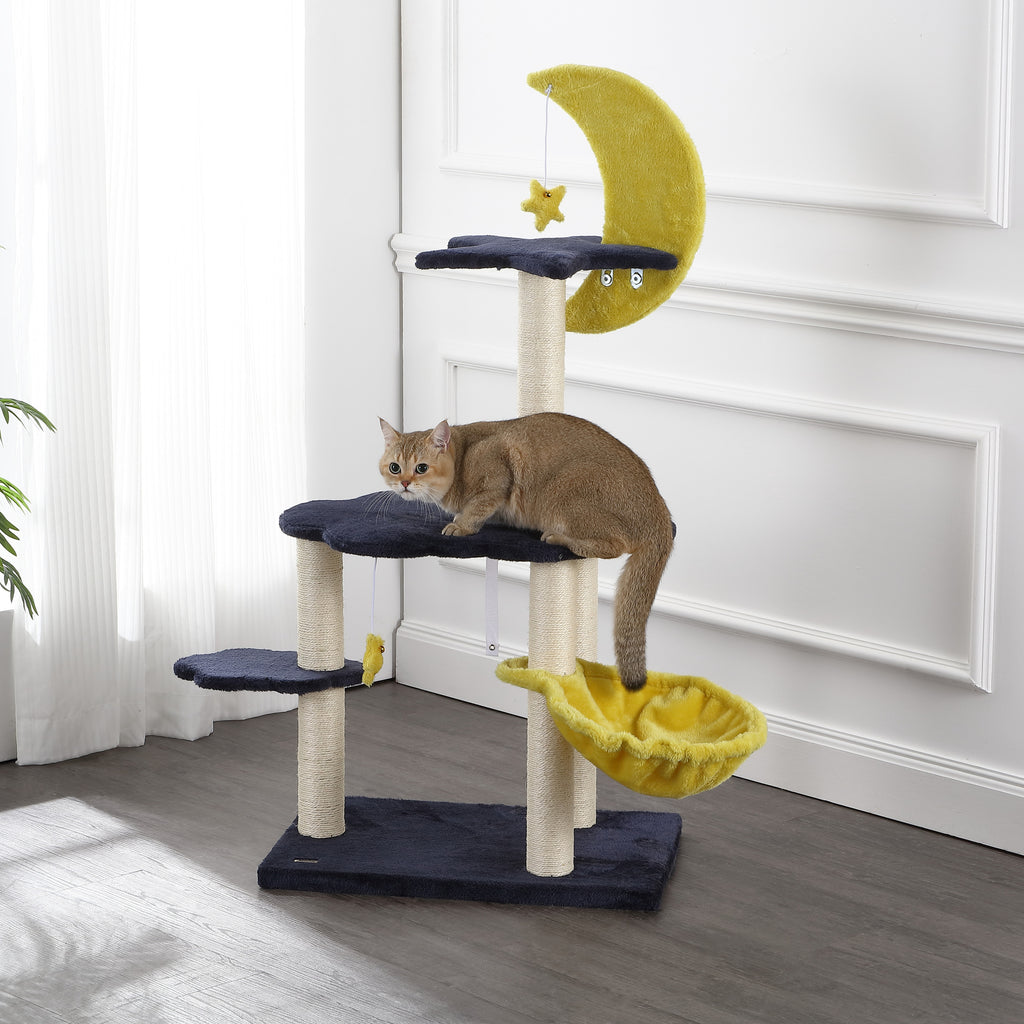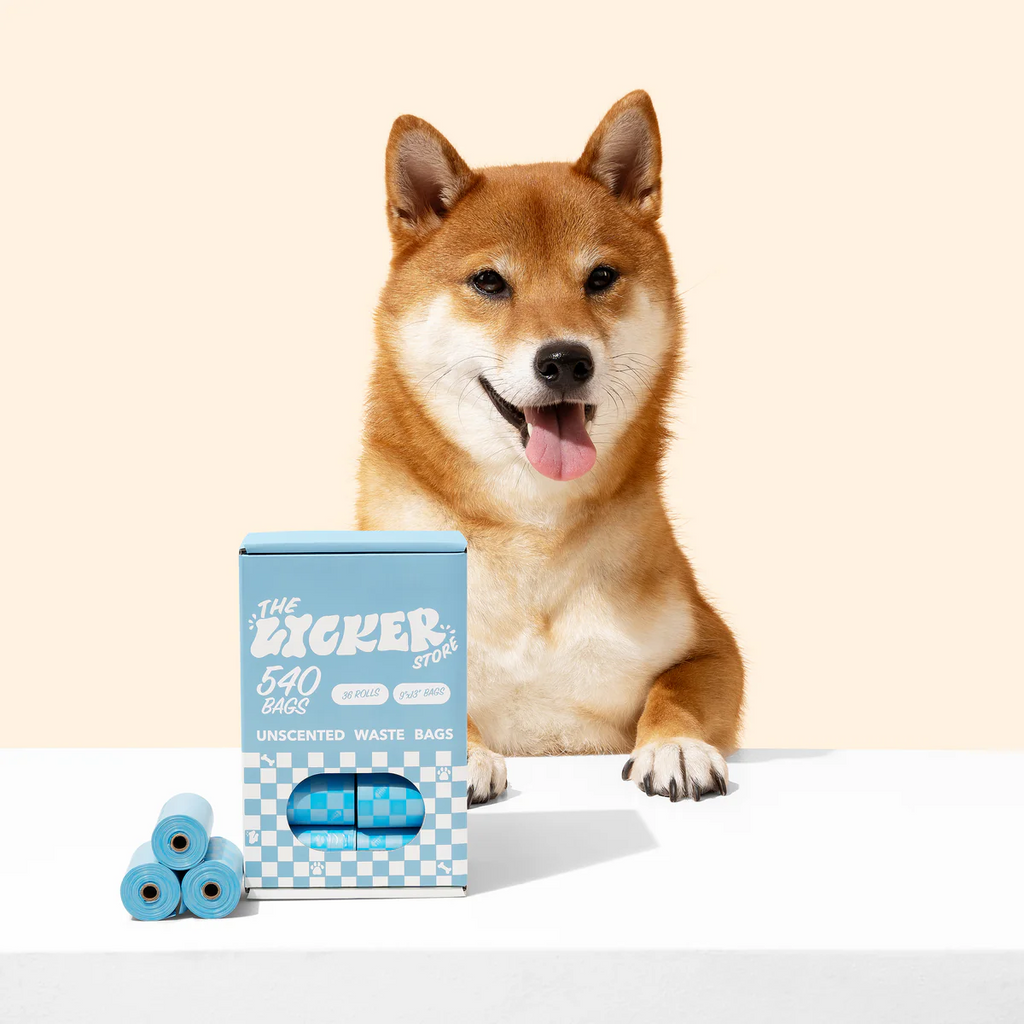Introduction
For many cat owners, managing litter disposal can be a daily challenge. The question often arises: Can you flush cat litter? While it may seem convenient to use the toilet instead of the trash, flushing cat litter carries several potential risks, including plumbing issues, environmental contamination, and health concerns.
Understanding flushable cat litter options, proper disposal methods, and maintaining cat hygiene is essential to protect your home, your cats, and the environment. This guide will walk you through the different types of cat litter, risks of flushing, safe disposal methods, and expert tips for multi-cat households.
With the growing popularity of eco-friendly litter and flushable options, many pet owners want to balance convenience with responsible waste management. This blog will help you make informed decisions while maintaining safety and hygiene.
Types of Cat Litter
Choosing the right type of litter is the first step in safe disposal. Not all litters are flushable, and some can harm plumbing or the environment.
Clay-Based Litter
-
The most common type, often made from bentonite clay.
-
Non-flushable due to clumping properties that expand when wet.
-
Can cause severe blockages in plumbing systems if flushed.
Clay litter is also non-biodegradable, which means it contributes to landfill waste. Even if your plumbing allows for occasional flushing, clay litter poses long-term environmental risks.
Flushable Litter
-
Made from biodegradable materials such as corn, wheat, wood, or recycled paper.
-
Designed to break down quickly in water.
-
Labeled as “flushable,” but usage should follow manufacturer instructions.
Some flushable litters are specifically designed for septic systems, while others are only suitable for municipal sewage. It’s important to read labels carefully and understand your household plumbing.
Silica Gel & Crystal Litter
-
Provides excellent odor control and low maintenance.
-
Non-flushable due to non-biodegradable materials.
Although convenient, silica gel litter must always be disposed of in the trash. Flushing it can create serious blockages and damage plumbing systems, especially in older homes.
Risks of Flushing Cat Litter
Even if litter is labeled flushable, there are risks to consider.
Plumbing Damage
-
Clay and crystal litters can expand, causing blockages.
-
Repeated flushing increases the risk of clogs and expensive plumbing repairs.
Older plumbing systems, narrow pipes, or low-flow toilets are particularly vulnerable to clogs caused by litter. Always consider your home’s plumbing before attempting to flush any litter.
Environmental Concerns
-
Cat waste contains Toxoplasma gondii, a parasite dangerous to wildlife and marine life.
-
Flushed litter can enter rivers, lakes, and oceans, potentially harming aquatic ecosystems.
Even flushable litters may not completely neutralize parasites or chemicals before entering water treatment systems. Limiting flushing and choosing eco-friendly disposal methods helps protect the environment.
Septic System Risks
-
Flushable litter may not break down efficiently in septic tanks.
-
Overloading a septic system with litter can lead to backups and costly repairs.
If you rely on a septic tank, it’s safer to avoid flushing any litter, even those marketed as flushable. Alternative disposal methods are recommended for septic-safe cat hygiene.
Safe Cat Waste Disposal Methods
If flushing is risky, there are several safe ways to dispose of cat litter.
Trash Disposal
-
Scoop used litter into a biodegradable or sealed trash bag.
-
Dispose of in regular garbage.
Double-bagging helps control odor and prevents leaks. This is especially important in multi-cat households where litter accumulates quickly.
Composting (Biodegradable Litter Only)
-
Only use compostable litter made from corn, wheat, or wood.
-
Do not use composted cat waste for edible plants—use for landscaping or ornamental gardens instead.
Composting biodegradable litter reduces landfill waste and environmental impact. However, always maintain separate composting for cat waste to prevent contamination with harmful pathogens.
Specialized Flushable Litter
-
Some brands are labeled flushable and dissolve safely in water.
-
Use only according to manufacturer instructions.
Limit flushing to small amounts at a time, and avoid flushing multiple scoops in one go. This prevents plumbing issues and reduces environmental risk.
Tips for Using Flushable Litter Safely
-
Use Small Amounts: Never flush a full scoop at once.
-
Check Plumbing: Older pipes may not handle flushable litter safely.
-
Avoid Septic Tanks: Unless the product explicitly confirms compatibility.
-
Educate Household Members: Ensure everyone flushes responsibly.
-
Consider Eco-Friendly Alternatives: Composting or trash disposal may be safer.
Combining flushable litter with proper cleaning routines ensures your home remains hygienic while minimizing risks to plumbing and the environment.
Health and Hygiene Considerations
-
Scoop waste daily to prevent odor and bacterial buildup.
-
Wash hands after handling litter to prevent exposure to harmful parasites.
-
Use gloves or a dedicated litter scoop to maintain hygiene.
Cats naturally cover their waste, but human intervention is necessary to ensure proper disposal and prevent cross-contamination, particularly in households with multiple cats or immunocompromised individuals.
Environmental Impact
-
Non-biodegradable clay litter contributes significantly to landfill waste.
-
Biodegradable litter options, including corn, wheat, and wood-based litters, reduce environmental impact.
-
Avoid flushing clay litter to prevent contamination of waterways.
Choosing environmentally friendly litters, using small flushable amounts only when safe, and considering composting or trash disposal helps maintain sustainable pet ownership practices.
Expert Recommendations
-
Non-flushable litters: Always dispose of in the trash.
-
Flushable litters: Use only according to instructions, in small amounts.
-
Biodegradable litters: Safe for trash disposal or composting for non-edible plants.
-
Monitor Health: Check for digestive or urinary issues in cats that may affect waste characteristics.
Consulting veterinarians and local waste management authorities provides further guidance for safe litter disposal and aligns your practices with local regulations.
Tips for Multi-Cat Households
-
Provide multiple litter boxes or trays to reduce the volume of waste per box.
-
Maintain strict cleaning schedules to prevent odors and bacterial buildup.
-
Use odor-controlling liners or mats for easier cleanup.
-
Educate household members on responsible disposal to ensure safety and hygiene.
Multi-cat households generate more waste, so implementing a combination of trash, composting, and careful use of flushable litter ensures both hygiene and environmental responsibility.
Conclusion
Can you flush cat litter? The answer depends on the type of litter and your plumbing system. While biodegradable, flushable litters are safe in small amounts, traditional clay, crystal, or non-flushable litters should never be flushed.
Key Takeaways:
-
Check litter packaging for flushable instructions.
-
Flush small amounts gradually to avoid plumbing damage.
-
Consider trash disposal or composting for safer alternatives.
-
Maintain hygiene to protect cats and humans.
-
Multi-cat households require stricter management to ensure safe disposal.
Following these expert tips allows you to manage cat waste responsibly, protect plumbing systems, and minimize environmental impact.
FAQs
Q1: Is it safe to flush clay cat litter?
No. Clay litter can expand, block pipes, and is non-biodegradable.
Q2: Which types of litter are safe to flush?
Biodegradable litters made from corn, wheat, or wood and labeled flushable are generally safe in small amounts.
Q3: Can flushable litter harm the environment?
Yes, flushed cat waste may contain parasites. Limit flushing and follow local wastewater guidelines.
Q4: How often should I dispose of cat litter?
Scoop waste daily and replace litter entirely every 2–3 weeks.
Q5: Can I compost cat litter?
Yes, but only biodegradable litter and for non-edible plants. Avoid composting cat waste for food gardens.






